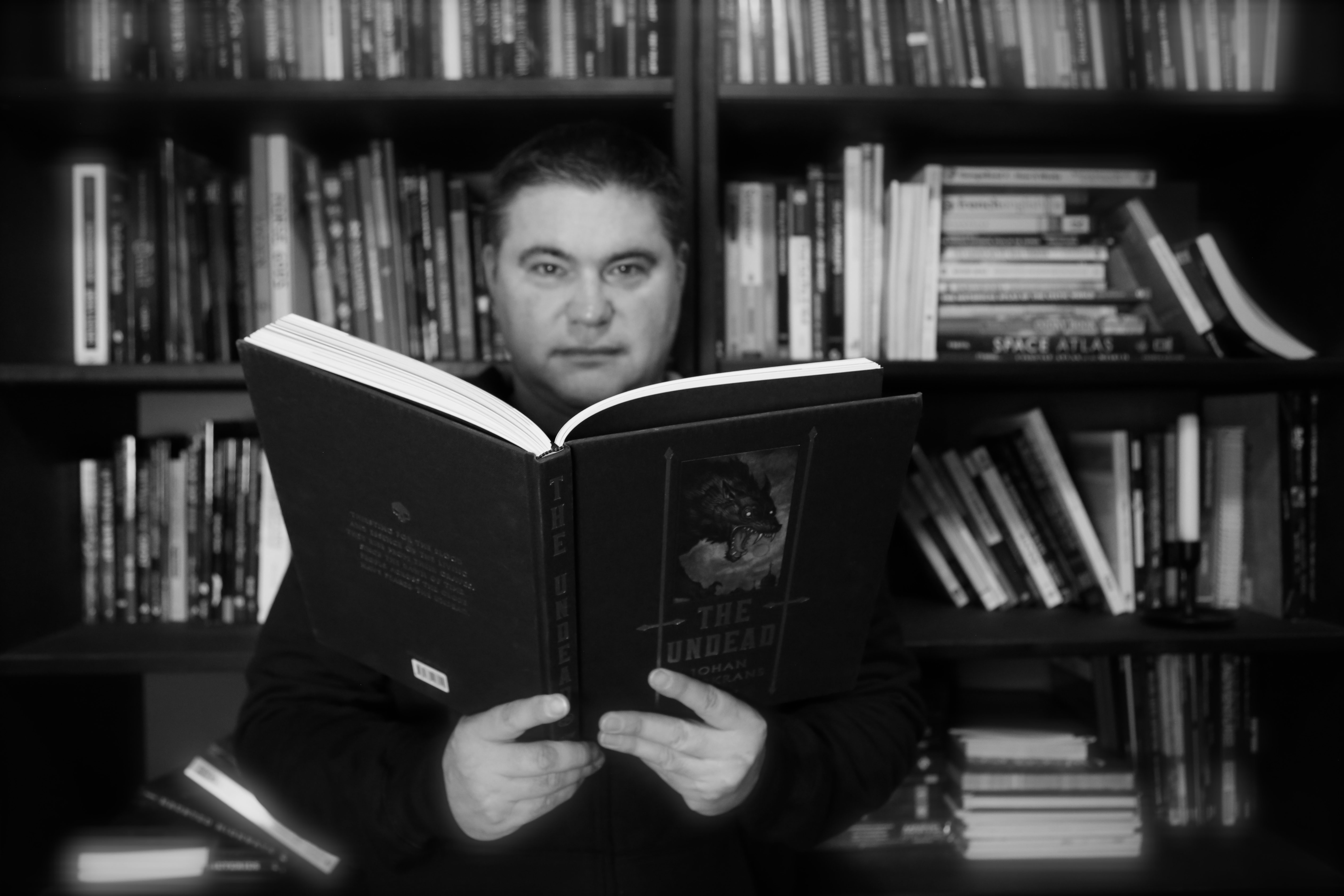
Editorial Pivot: More Focus On Sleuthing, Research & Analysis
Hi gang!
I hope you’re well. This post reflects a new direction for Ghostly Activities. Well, maybe it’s a return to my roots when I launched the blog waaaaay back in 2013.
The site content will become much more investigative and procedural in nature. That’s because I see a need to actually solve ghostly mysteries, and not just try to freak people out. After all, I claim to be a supernatural sleuth (or cozy ghost hunter). You can’t be one unless you solve mysteries.
And, I think, you’ll like being part of the mystery-solving approach.
A Case File Approach
When Ghostly Activities takes in a case, it goes through 4 stages:
- Background
- Investigation
- Evidence analysis
- Findings
Background focuses on historical research, eyewitness interviews, timeline development, and previous investigation reviews (if available). The investigation is fieldwork; going out to the haunted place and gathering evidence. Just as it sounds, evidence analysis is a review of data collected during fieldwork. Finally, Ghostly Activities provides its conclusions about the case under findings.
Tools Used
The ghost hunting equipment selection tries to capture 5 kinds of ghostly evidence. The 5 types include:
- Auditory (EVP, phantom footsteps, knocks, etc.)
- Visual (apparitions, shadow figures, mists, etc.)
- Environmental (changes in EMF, temperature, air pressure, static electricity, etc.)
- Movement (using IR motion detectors, cat balls, etc.)
- Engagement (captures ghostly interactivity like Onvoy Ghost Box, Epoch Box, etc.)
You’ll see these clearly labelled in the investigation report. I’ll write a specific section for each investigation area.
The Need For Structure
Overall, I find most ghost hunt reports are either evidence dumps (like image galleries) with little analysis, explanation, and interpretation. The other thing that gets me riled up is the emphasis on scary stories. That makes it hard for you to come to your own conclusion about the case. I want to avoid that. Also, you should be able to review the collected evidence from each experiment.
My goal is to make sure you understand our experiments so you can try to replicate them for yourselves. If not that, then how you can take from our work and use on your own cases.
A case file approach lets you uncover what might be relevant for yourself. However, I will include my findings based on the evidence.
How Historical Research Fits In
At Ghostly Activities, I wouldn’t take on a case if I didn’t know its past (unless the opportunity to explore was too tempting). Sleuths do their research before going on an investigation. They wouldn’t know what questions to ask, what gear to bring, or the context of your investigation.
Ghostly Activities knows all the basics before stepping foot into a haunt. Just like any investigative reporter, research with fieldwork answers:
- Who is the ghost?
- What are the ghostly activities?
- When does the activity happen?
- Where does the activity happen?
- How does the activity manifest?
- Why does it happen at this particular haunt?
- So what does all of the history, activity and evidence mean?
- What’s next for the case?
What Does This Mean For Ghostly Activities?
The change seems bigger than it is: I’m just going to focus on research, investigations, haunted places, and ghost hunting techniques more than ghost stories. If you’ve read my ghost hunt reports, then you’ll think, “D’uh. This is stuff you’ve always done,” which is fair.
I guess what I’m trying to say is Ghostly will become more like a police procedural and structured. I may not put as much of the fun stuff the Ghostly Activities Club does on the blog. I won’t have as much about monsters (unless they’re tied to a haunted place), and I’m going to spend more time on historical research.
If there’s something you’d like me to cover that I haven’t listed or you have questions, leave a comment below. I answer those faster than email.
Thanks for checking out Ghostly Activities. Much appreciated and take care!
Jake
Your humble supernatural sleuth
